Dr. Christopher Nguyen, a founder of the Department of Computer Engineering at the Hong Kong University of Science and Technology, has 40 years of experience in the technology field. He was involved in the development of the first flash memory transistor at Intel and held the position of Director of Engineering for Google Apps.
On the sidelines of the International Conference on Artificial Intelligence and Semiconductors (AISC) 2025, he shared his views on the development of AI and semiconductors in Vietnam.
With experience in both semiconductor and AI, how do you assess the development of these two technology industries?
Dr. Christopher Nguyen: Semiconductors were not specifically designed for AI but were originally developed for memory, computing, and storage.
However, when semiconductors are applied to machine learning technology, artificial intelligence and neural networks, we have created "magic" such as virtual assistants ChatGPT, DeepSeek...
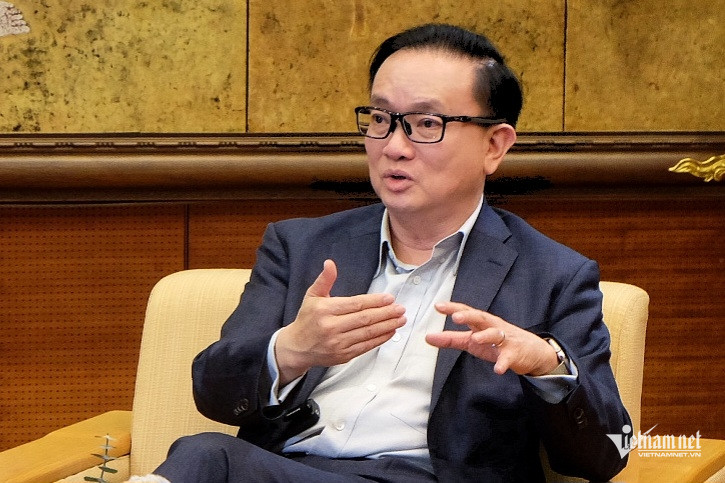
The convergence of AI and semiconductors is not a coincidence but almost a technological necessity. Semiconductors helped create AI, and now AI is driving the need for semiconductor technology.
This is the convergence from my perspective, as someone who has worked independently in both fields for many years.
For many years, the US has exported technology and manufactured semiconductors in Taiwan (China). However, in the face of recent geopolitical risks, the US and Western countries are looking to regain the right to produce semiconductors and invest heavily in this field.
From a geopolitical perspective, Vietnam has the opportunity to benefit from the restructuring of the global semiconductor supply chain. As countries seek to reduce the risk of relying on a single supplier, Vietnam will certainly be one of the top choices. Many people have told me that this is a unique opportunity for Vietnam.
With a young and growing population of 100 million – in contrast to the aging trends in Japan, Taiwan (China) and South Korea – Vietnam has a big advantage.
Many of my partners want to invest in Vietnam not only because of the geopolitical shift, but also because they believe they can find quality human resources here.
Does Vietnam need large capital to participate in the AI and semiconductor supply chain?
The semiconductor and AI market in Vietnam is still small, but the potential for growth is huge. When opportunities arise, capital will flow in. Conversely, if there are no opportunities, regardless of the current market, investment sources will gradually dry up.
So instead of just looking at the current position, observe the speed of change. Although Vietnam is still limited in resources, in recent years, many investors have poured here. That is a positive signal.
In your opinion, what should Vietnam do to promote the development of AI and semiconductors?
Vietnam can take advantage of unique advantages that many other countries do not have. One notable opportunity is to develop artificial intelligence technology at the edge (Edge AI).
Instead of relying on giant data clouds, Vietnam can focus on connecting AI with edge devices such as cars, computers or smart home devices.
Developing AI for these devices is much more feasible for Vietnam. This is an opportunity that many countries have not really realized.
In addition, Vietnam can also design semiconductor chips for AI at the edge, a direction that does not require investment capital of up to billions of dollars.
Vietnam has taken the right steps in the past. So let's continue to promote what has been done. Especially with the new policies from Resolution 57 , I feel the urgency and determination in the process of change of Vietnam.
Thank you!
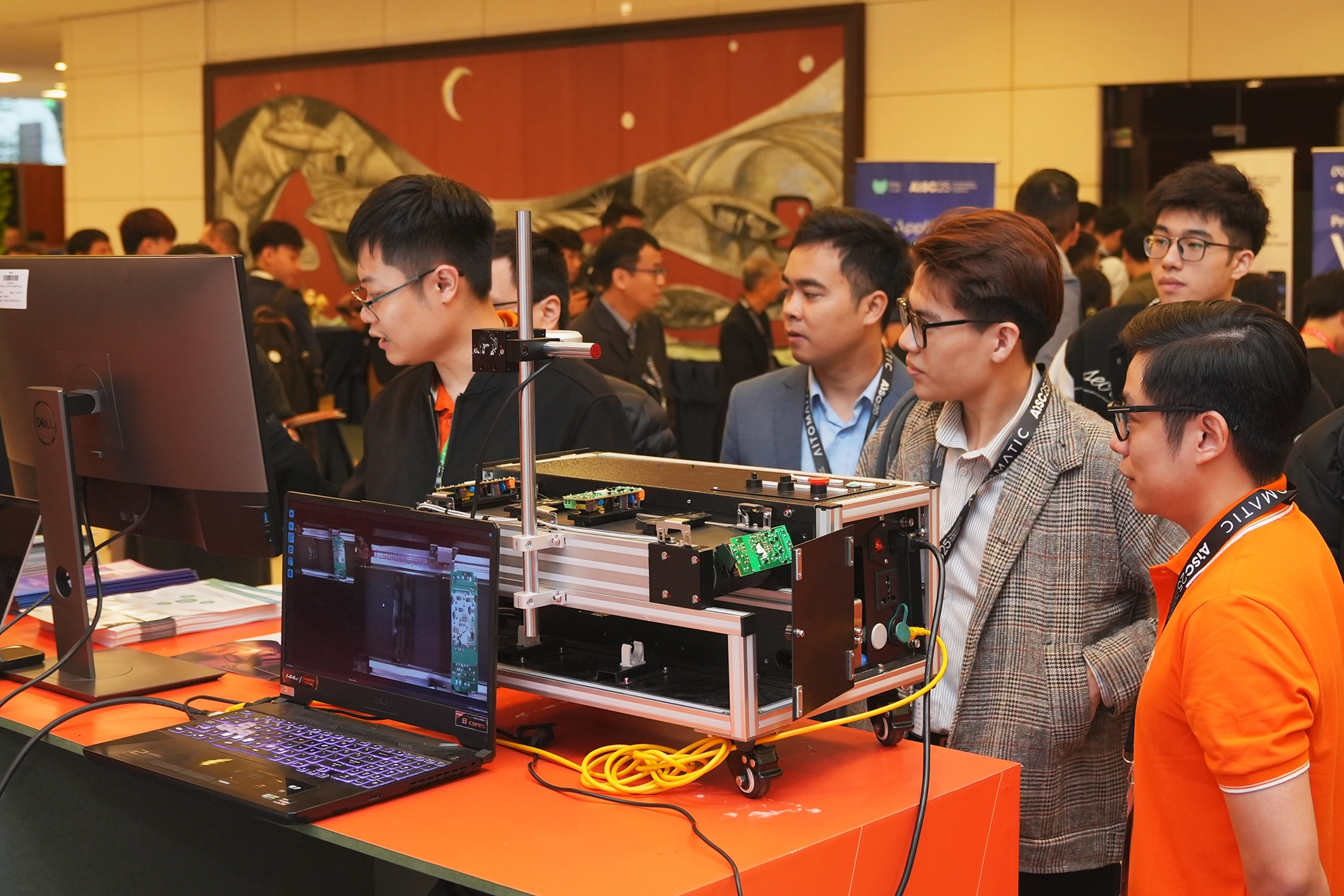


![[Photo] Editor-in-Chief of Nhan Dan Newspaper Le Quoc Minh received the working delegation of Pasaxon Newspaper](https://vphoto.vietnam.vn/thumb/1200x675/vietnam/resource/IMAGE/2025/9/23/da79369d8d2849318c3fe8e792f4ce16)
![[Photo] General Secretary To Lam meets voters in Hanoi city](https://vphoto.vietnam.vn/thumb/1200x675/vietnam/resource/IMAGE/2025/9/23/d3d496df306d42528b1efa01c19b9c1f)
![[Photo] The 1st Congress of Party Delegates of Central Party Agencies, term 2025-2030, held a preparatory session.](https://vphoto.vietnam.vn/thumb/1200x675/vietnam/resource/IMAGE/2025/9/23/e3a8d2fea79943178d836016d81b4981)


![[Photo] Prime Minister Pham Minh Chinh chairs the 14th meeting of the Steering Committee on IUU](https://vphoto.vietnam.vn/thumb/1200x675/vietnam/resource/IMAGE/2025/9/23/a5244e94b6dd49b3b52bbb92201c6986)







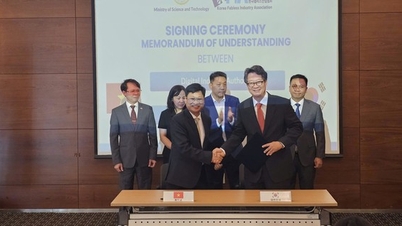



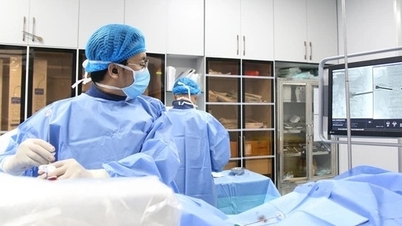
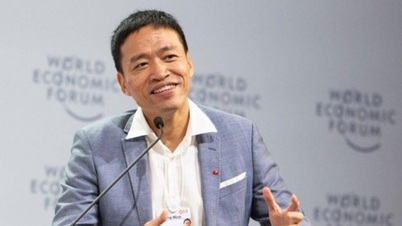

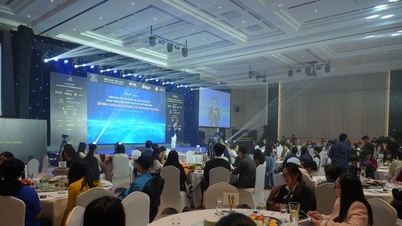

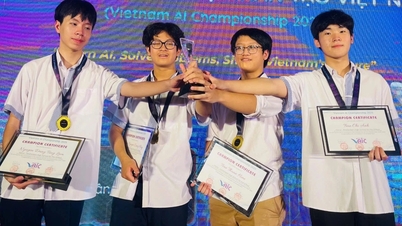























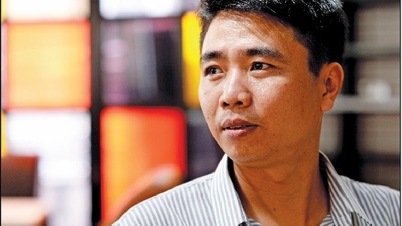
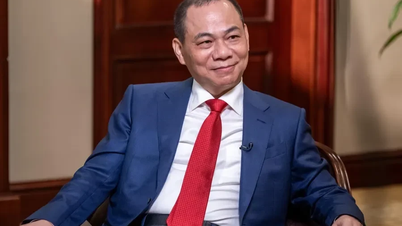











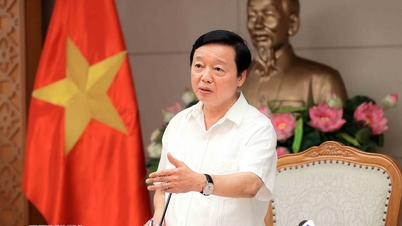






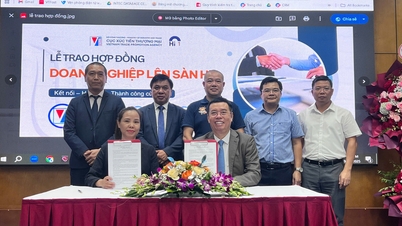


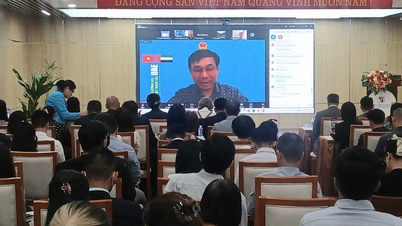






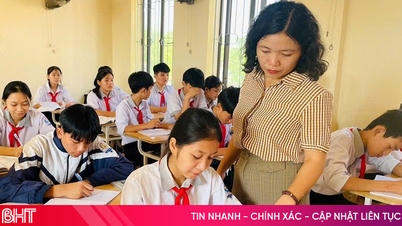



















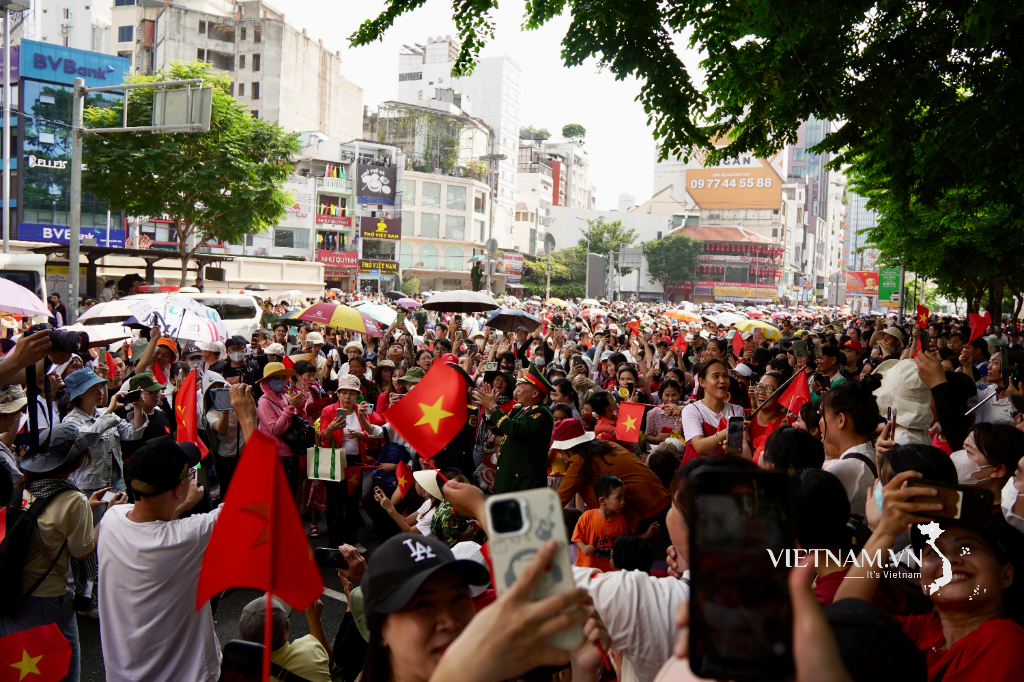



Comment (0)